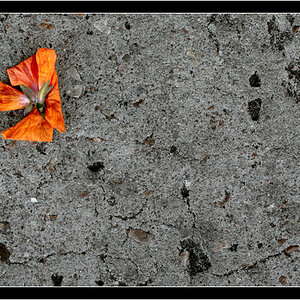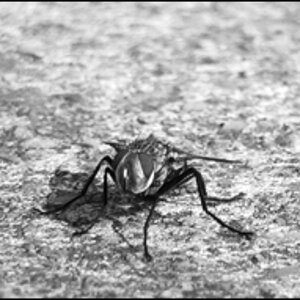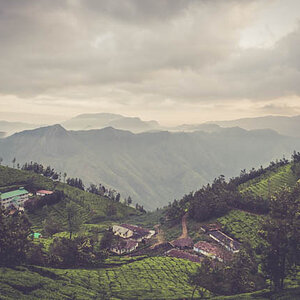VinnyG113
TPF Noob!
- Joined
- Apr 9, 2014
- Messages
- 49
- Reaction score
- 0
- Location
- St. Louis, MO
- Can others edit my Photos
- Photos NOT OK to edit
I am new to model work and want to make sure I take the appropriate steps to keep both myself and the models I work with happy and within our legal rights in regards to the use of the images.
In the case of working with someone I don't know well, or at all, should that time come, I will definitely have a release form ready to be signed. They don't know me, I don't know them, better to be safe than sorry then to find out later that I am in trouble.
But what to do with a close friend or family member? We know each other well, we have a mutual respect and trust for each other ... should I still play it safe and have a release form signed?
In every case with the few models I have worked with thus far, I have an email or Facebook message from them stating that I can use the photos I've already taken of them. I understand that this is not as legally binding as a release form, but is it binding enough? Or binding enough until I can get them to retroactively sign a more legitimate waiver? Would signing a waiver now protect previous photo shoots? In a few cases, the images I have chosen to use from these previous shoots do not include the model's face, as it is intentionally hidden in a shadow.
I'm slowly maneuvering through the multitudinous websites about waivers, fair use of images, model work, etc., but I thought I would see if anyone couldn't answer these questions more quickly and concisely here than I have been able to elsewhere.
Thanks so much in advance!
In the case of working with someone I don't know well, or at all, should that time come, I will definitely have a release form ready to be signed. They don't know me, I don't know them, better to be safe than sorry then to find out later that I am in trouble.
But what to do with a close friend or family member? We know each other well, we have a mutual respect and trust for each other ... should I still play it safe and have a release form signed?
In every case with the few models I have worked with thus far, I have an email or Facebook message from them stating that I can use the photos I've already taken of them. I understand that this is not as legally binding as a release form, but is it binding enough? Or binding enough until I can get them to retroactively sign a more legitimate waiver? Would signing a waiver now protect previous photo shoots? In a few cases, the images I have chosen to use from these previous shoots do not include the model's face, as it is intentionally hidden in a shadow.
I'm slowly maneuvering through the multitudinous websites about waivers, fair use of images, model work, etc., but I thought I would see if anyone couldn't answer these questions more quickly and concisely here than I have been able to elsewhere.
Thanks so much in advance!
Last edited:











